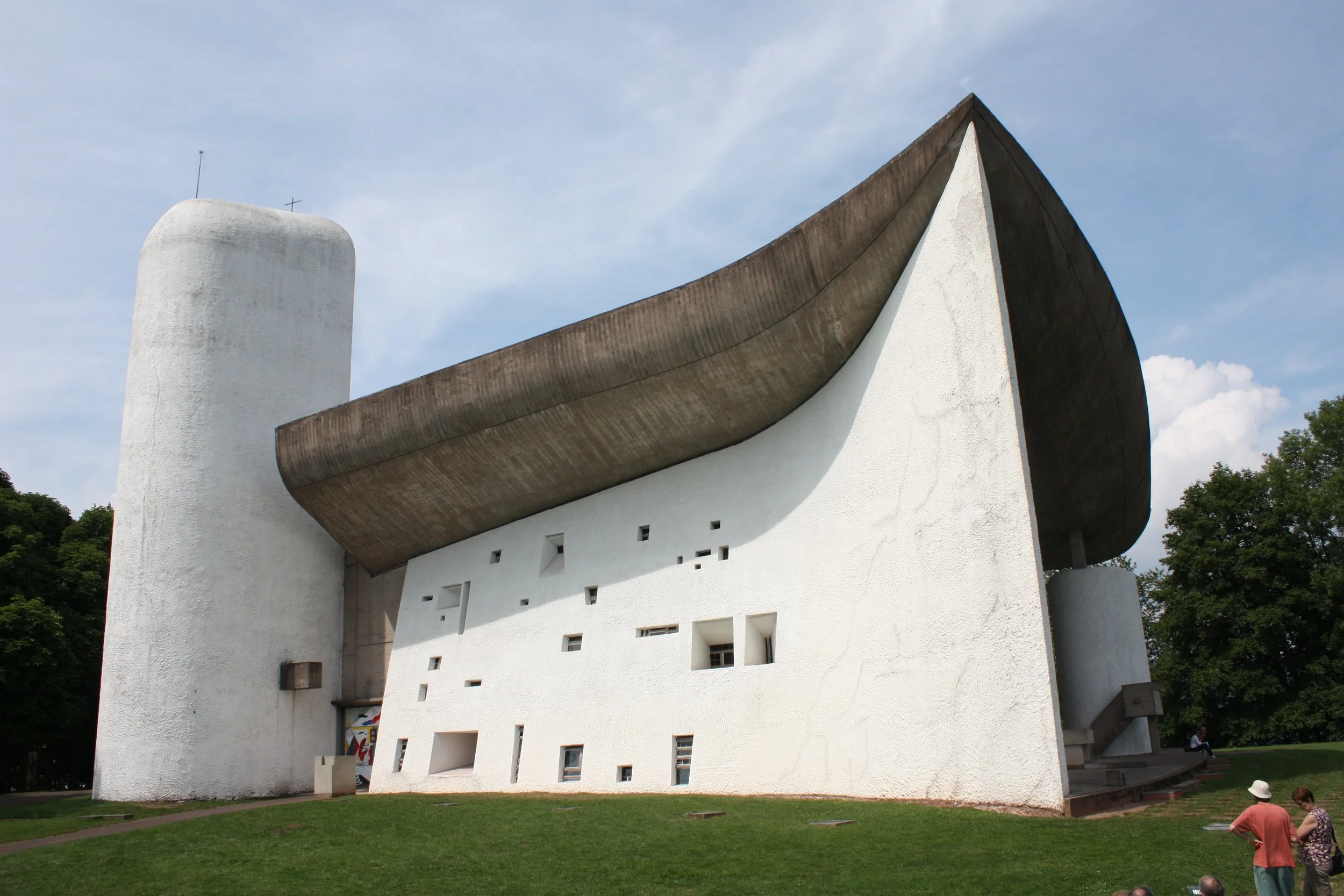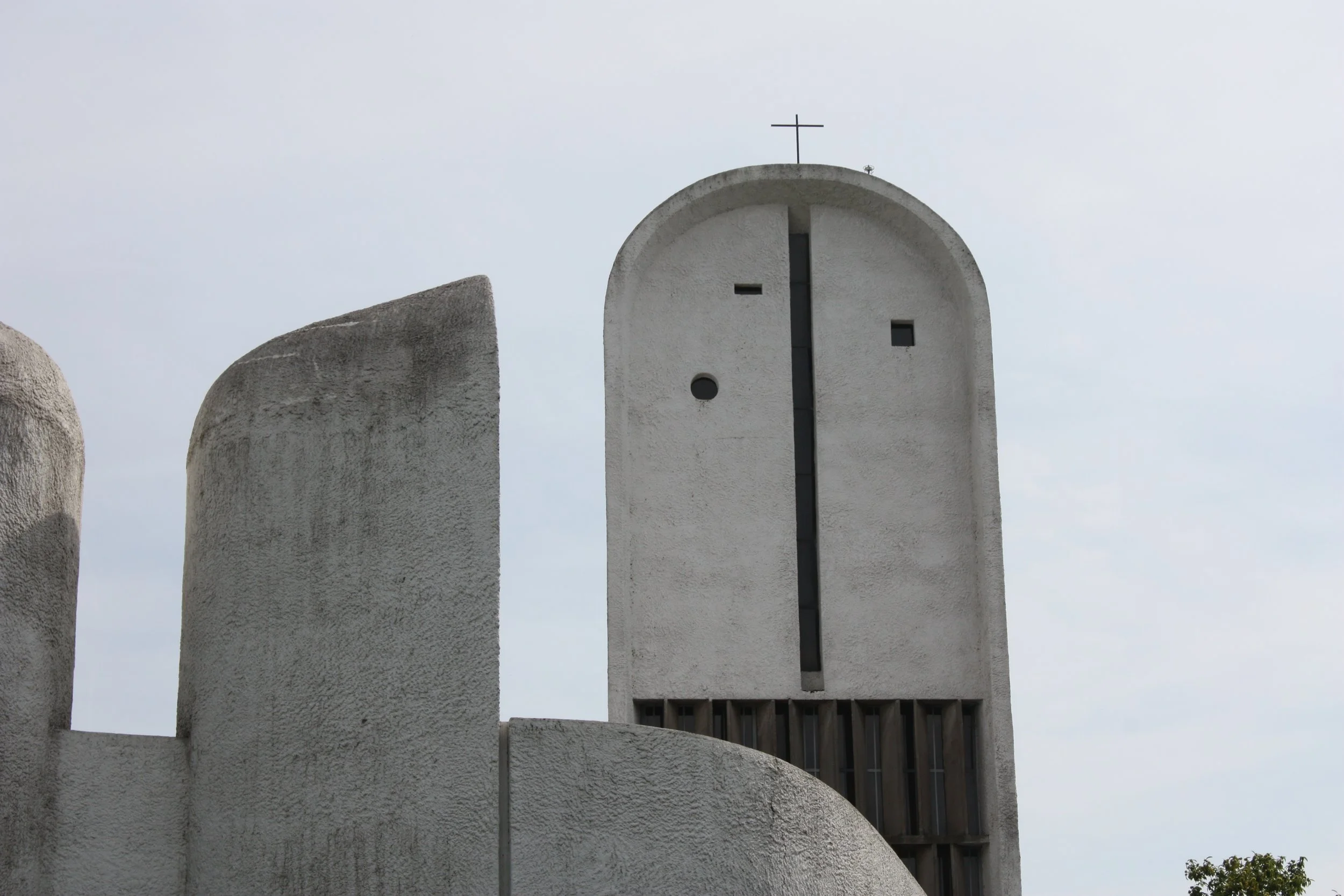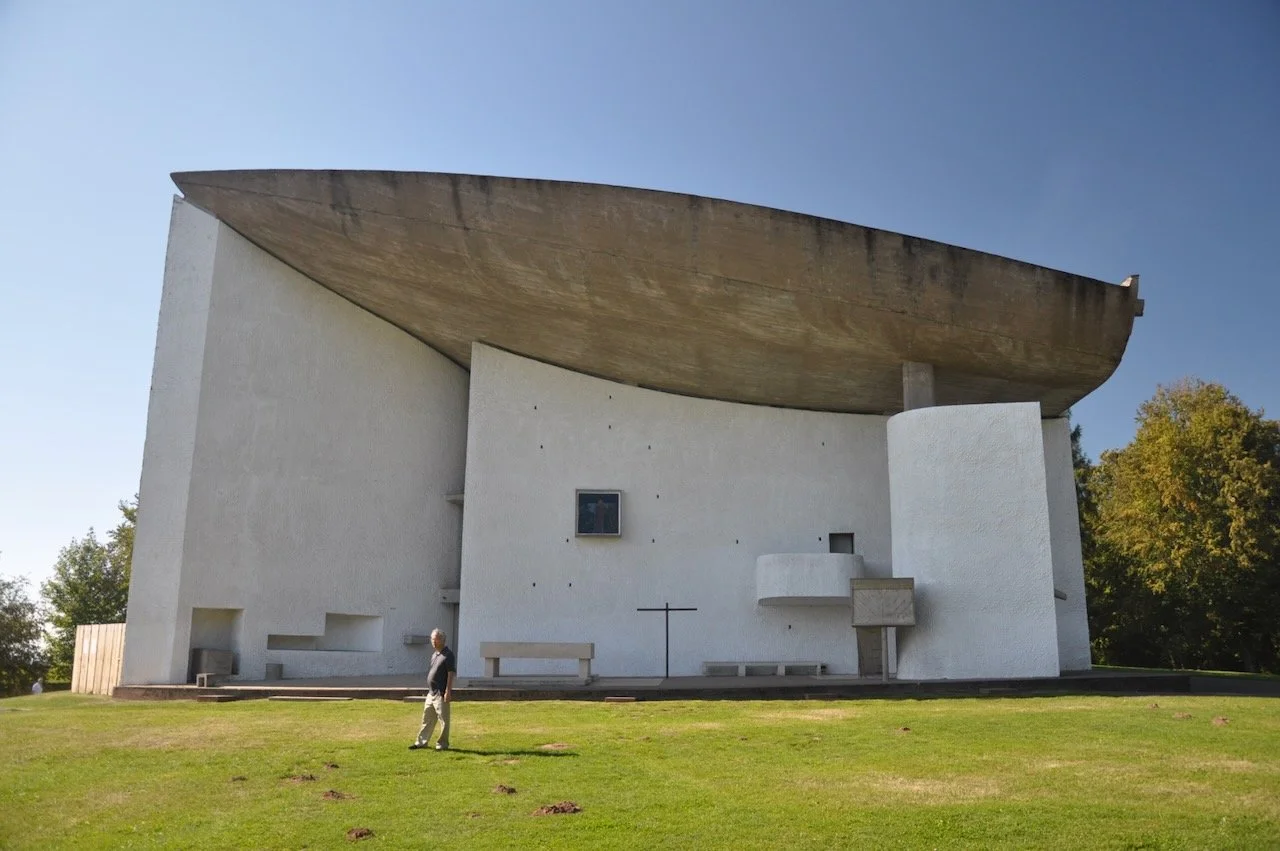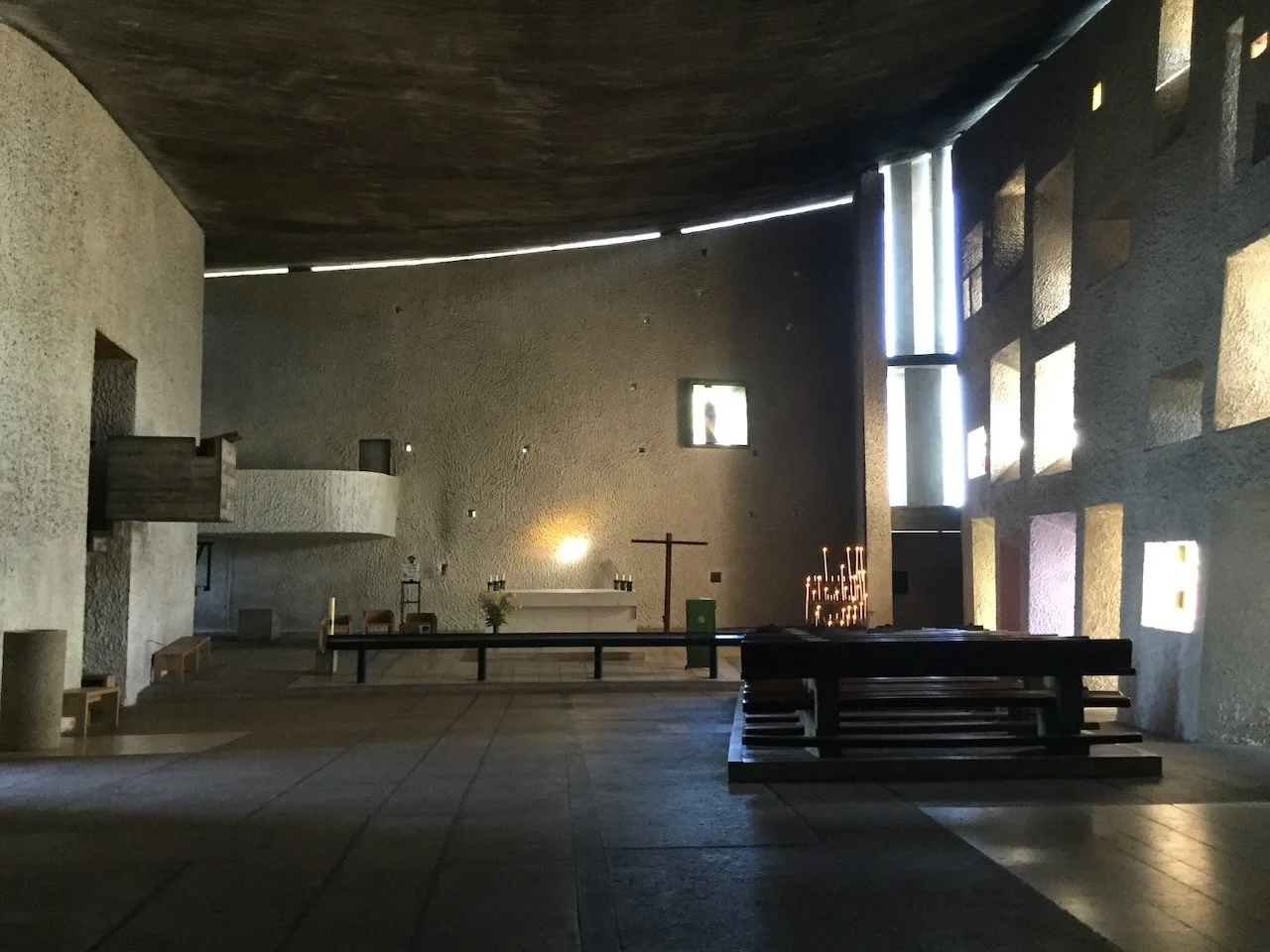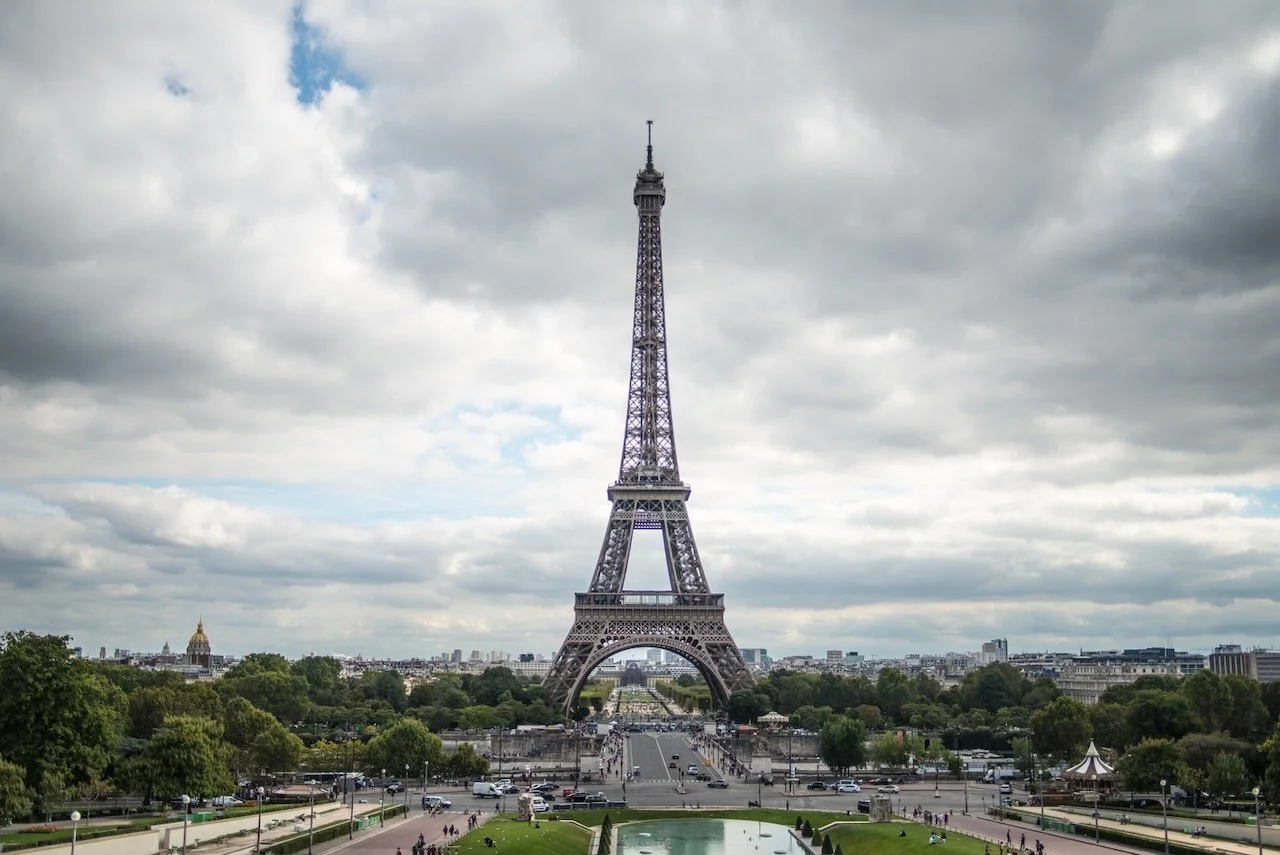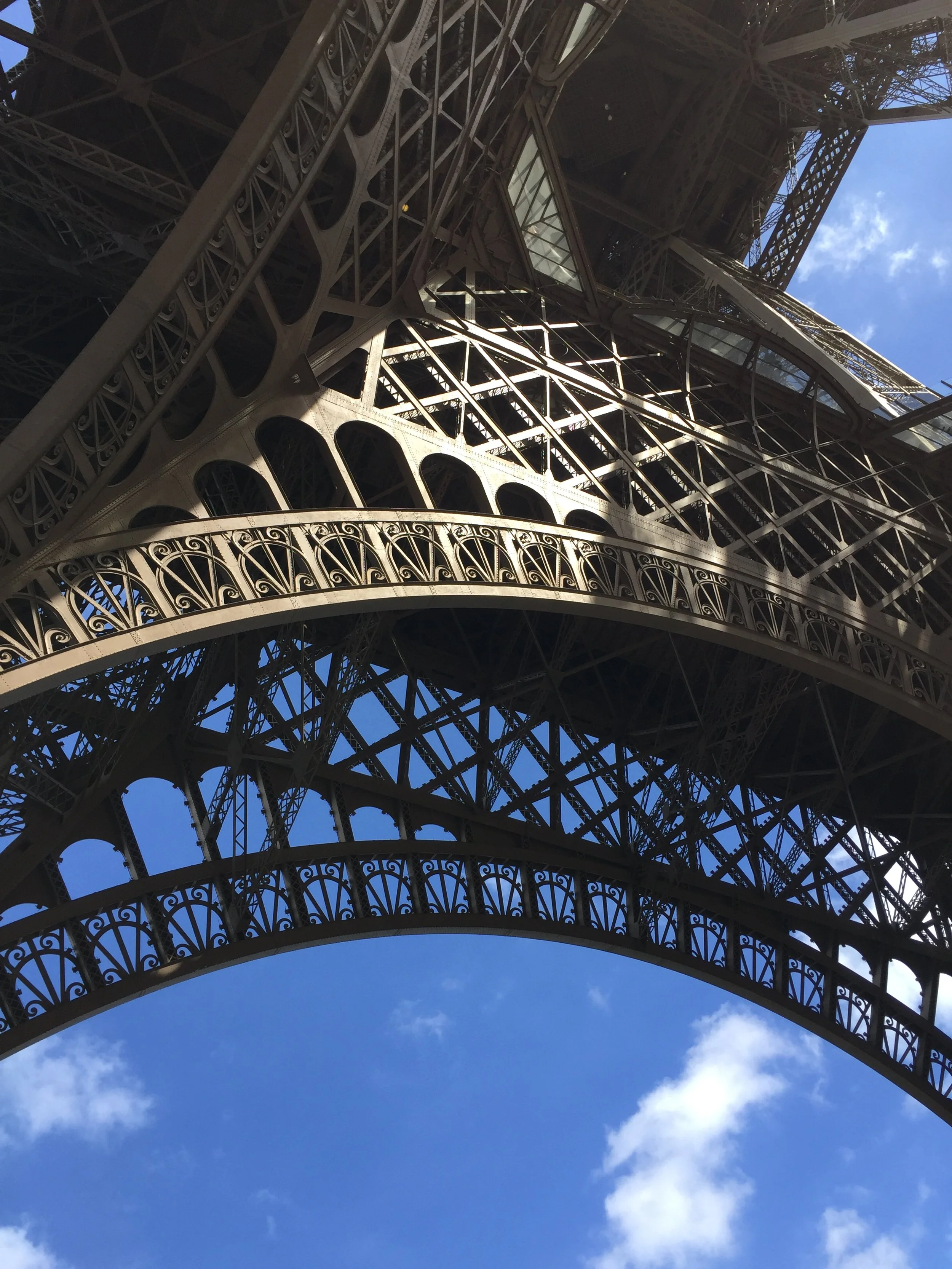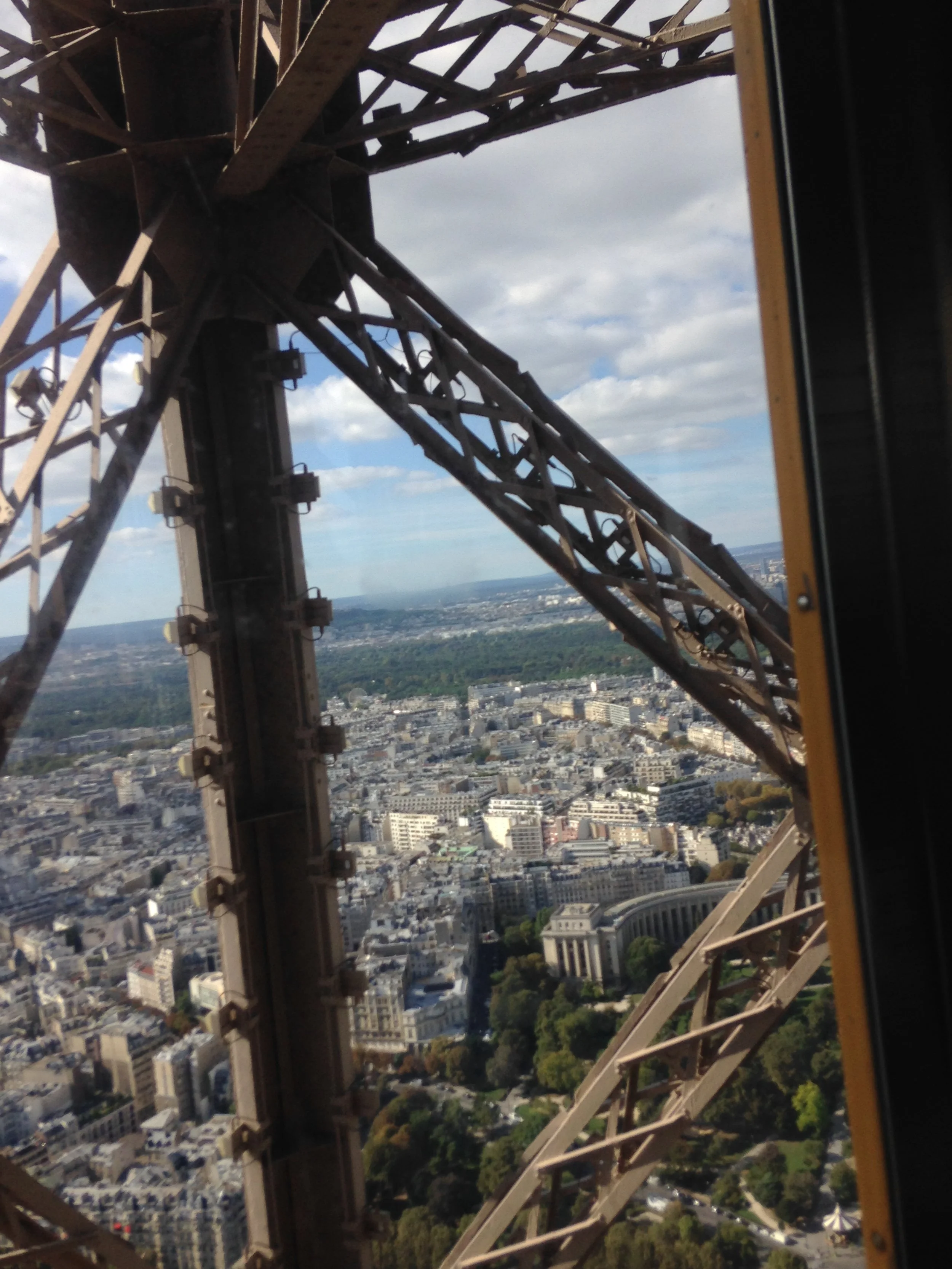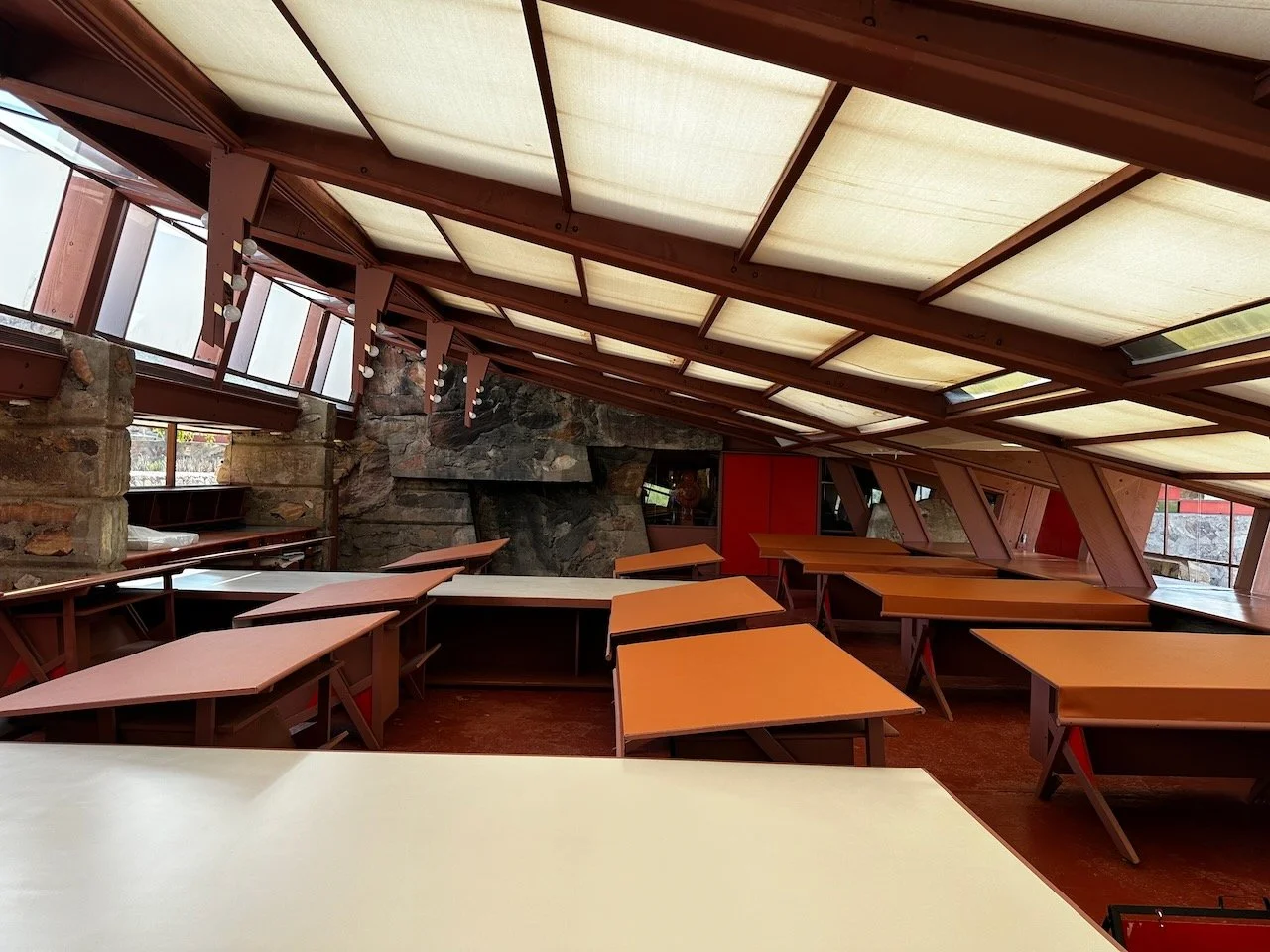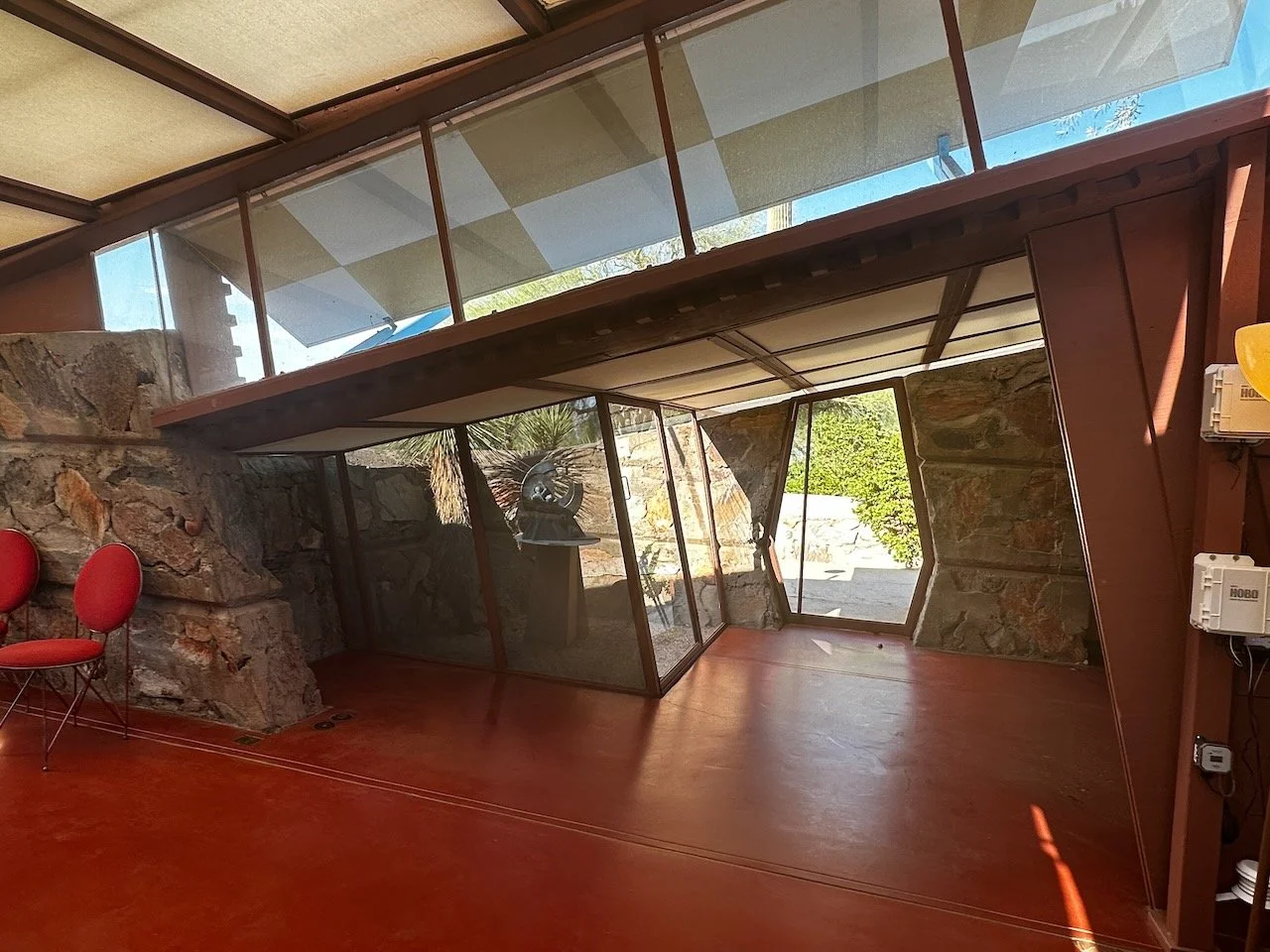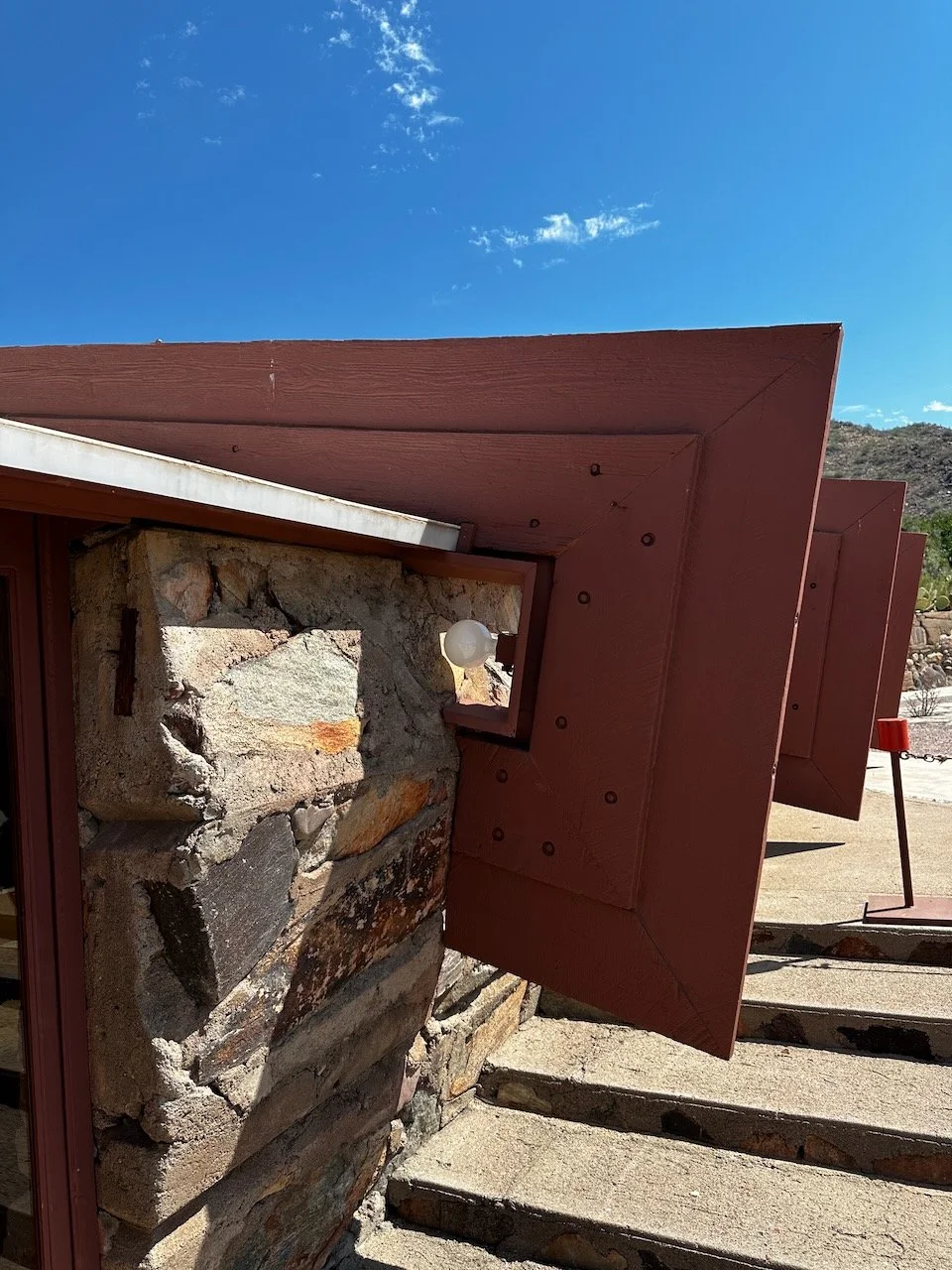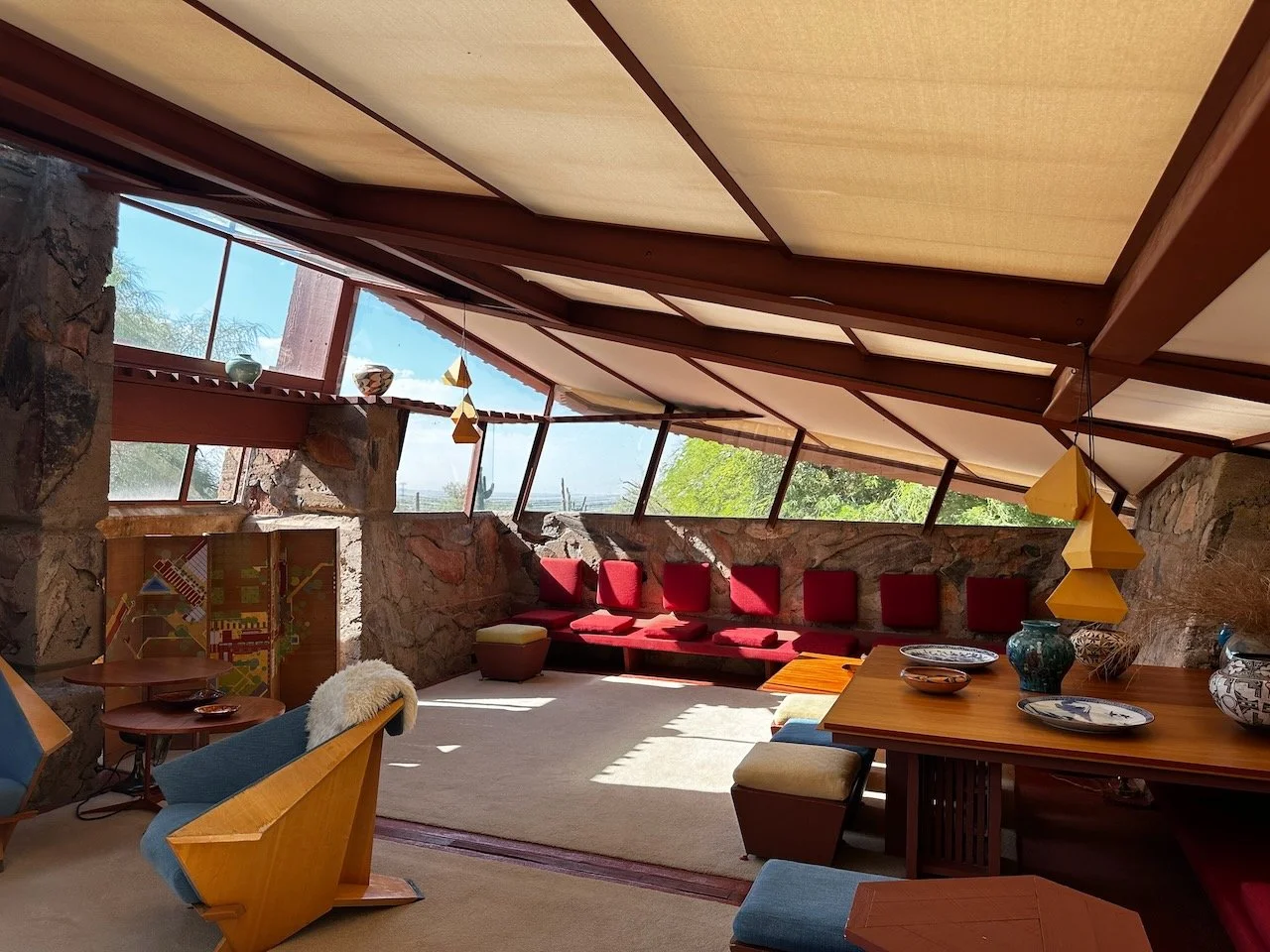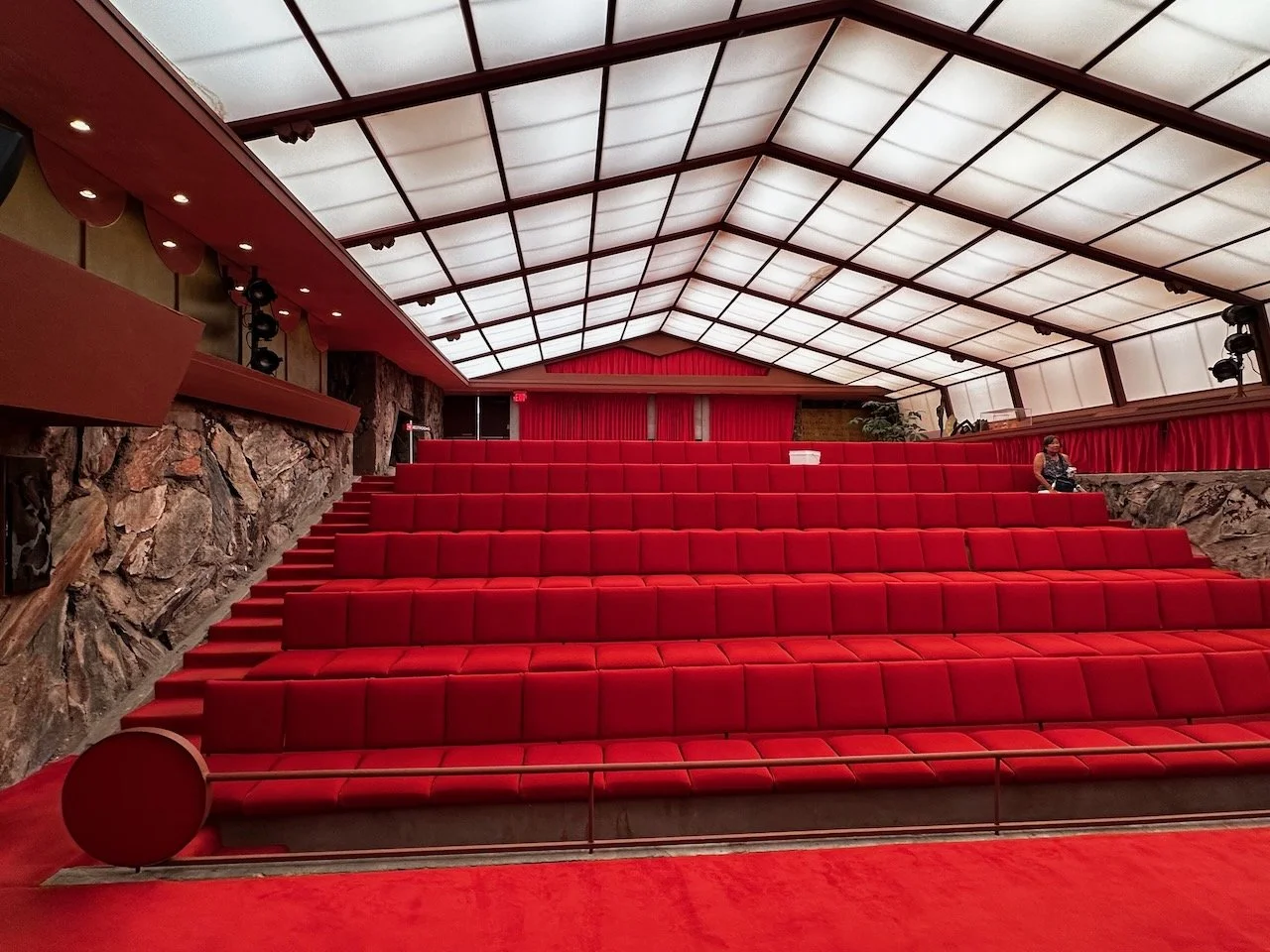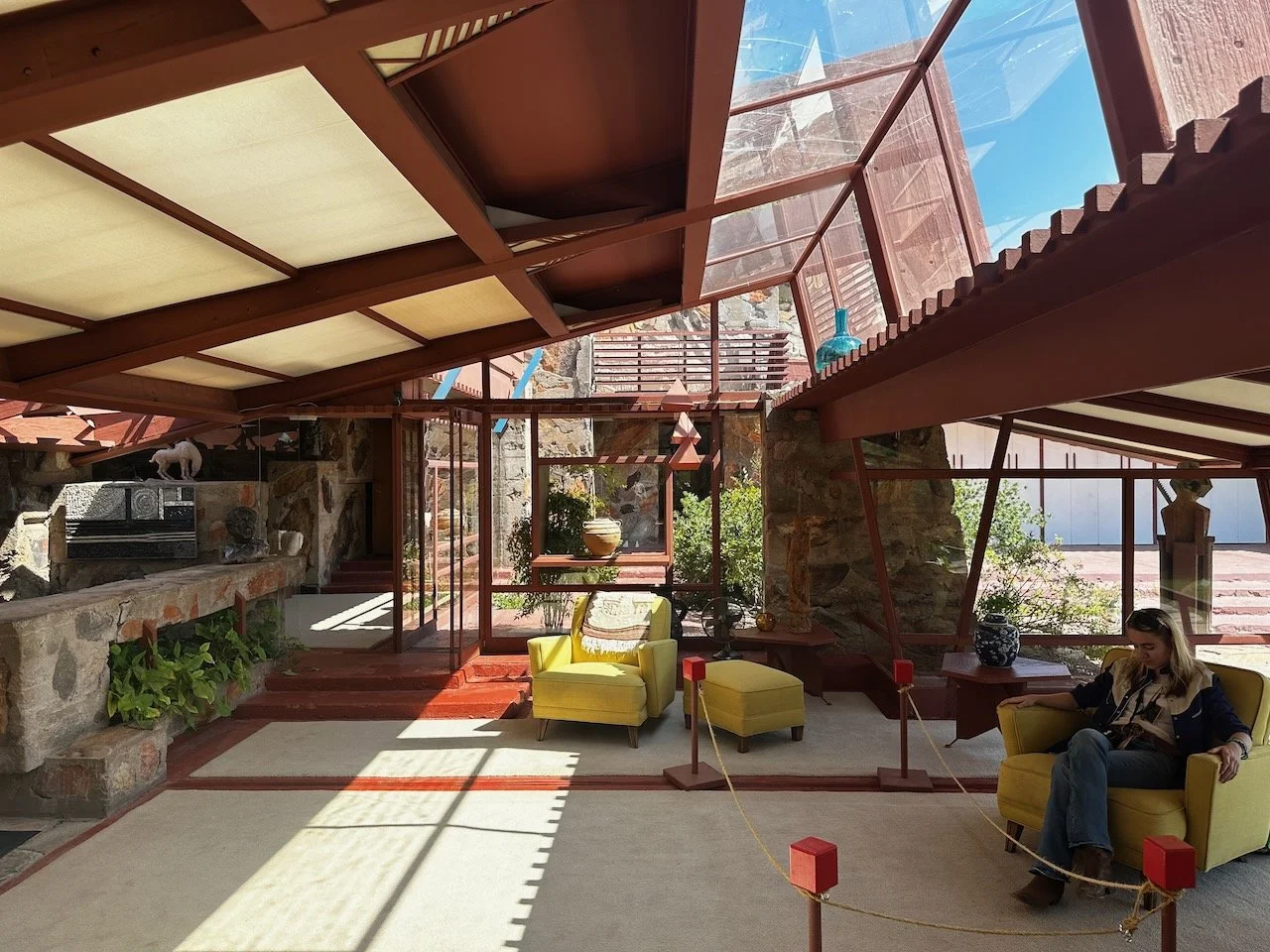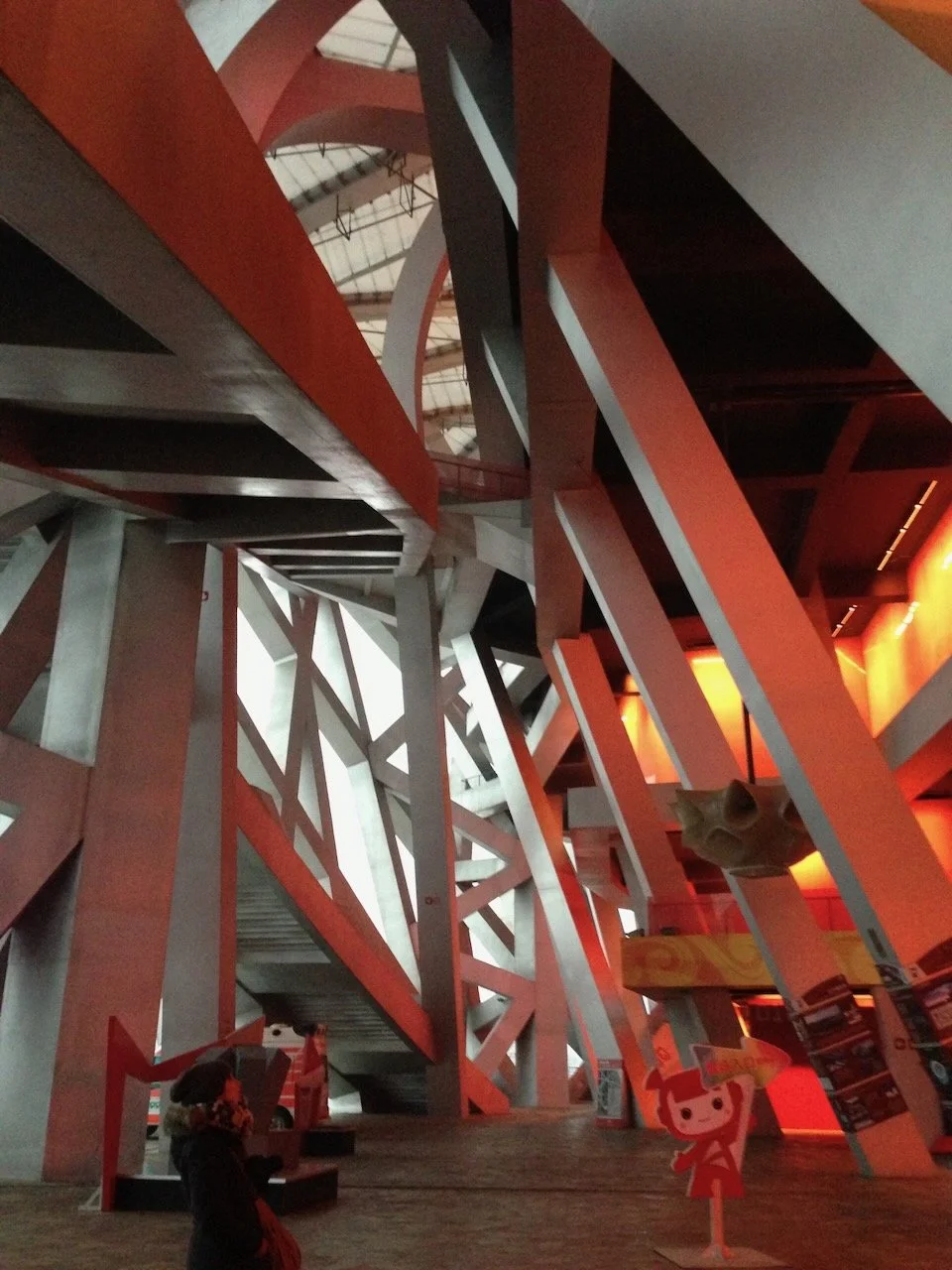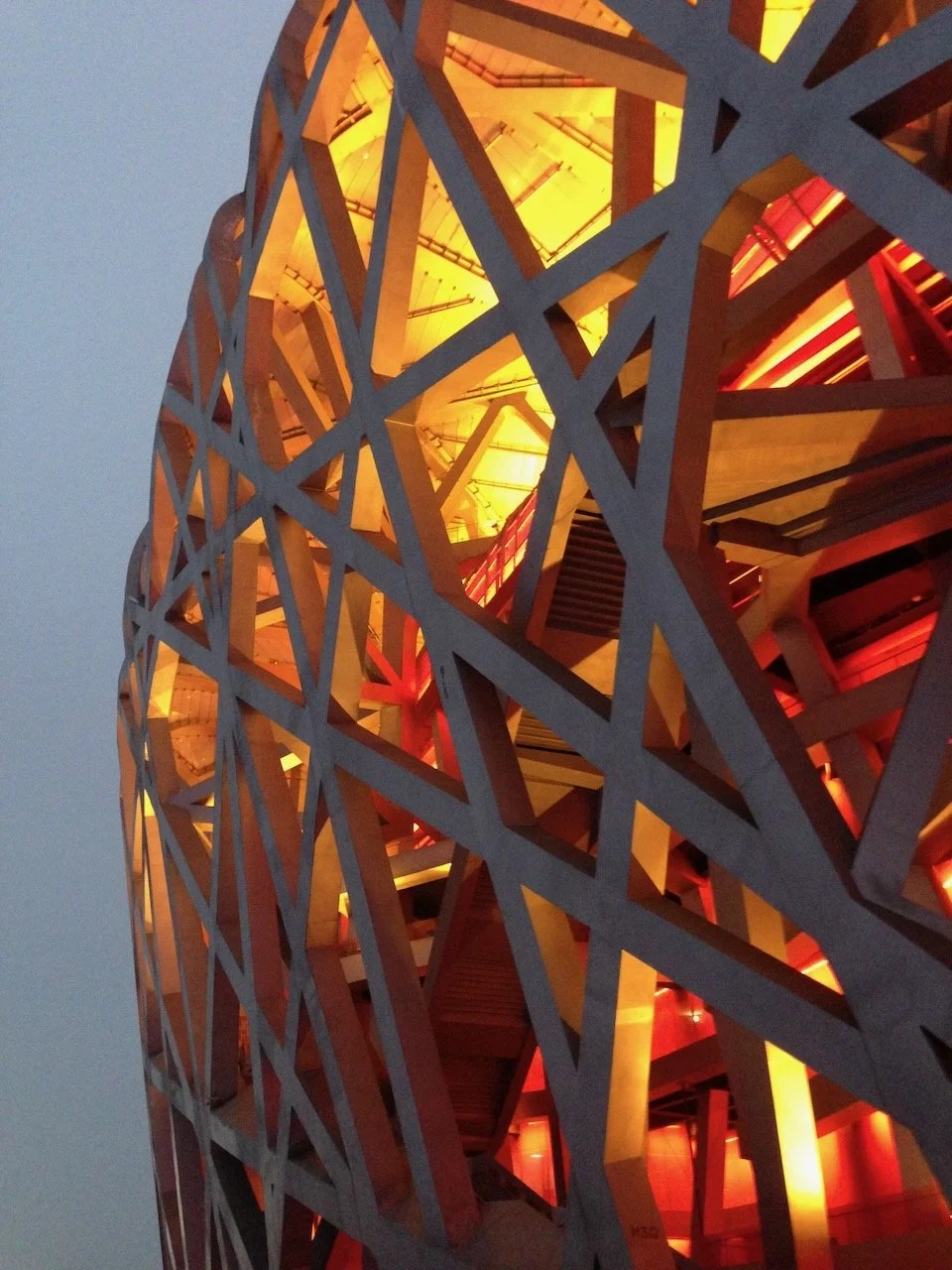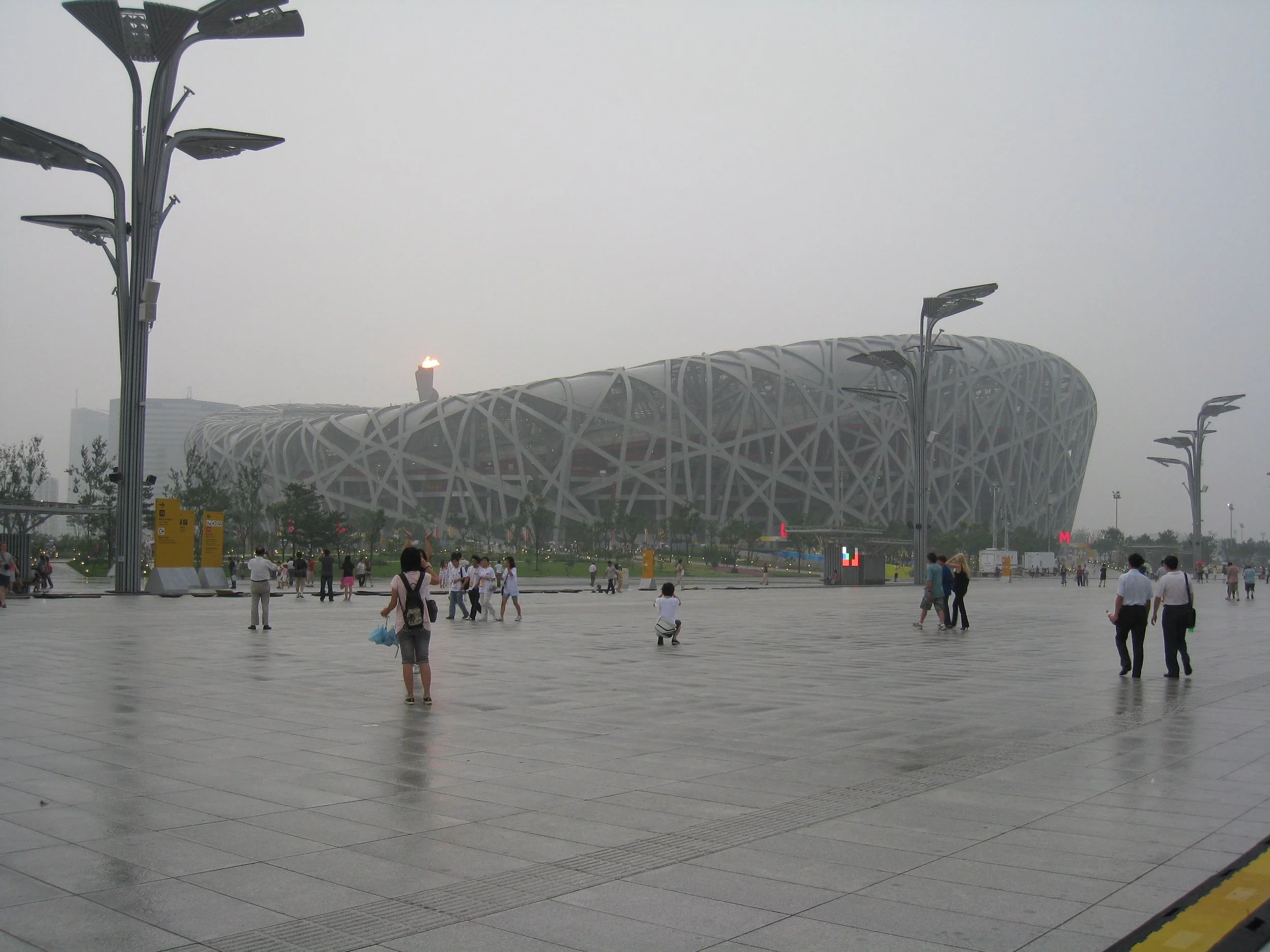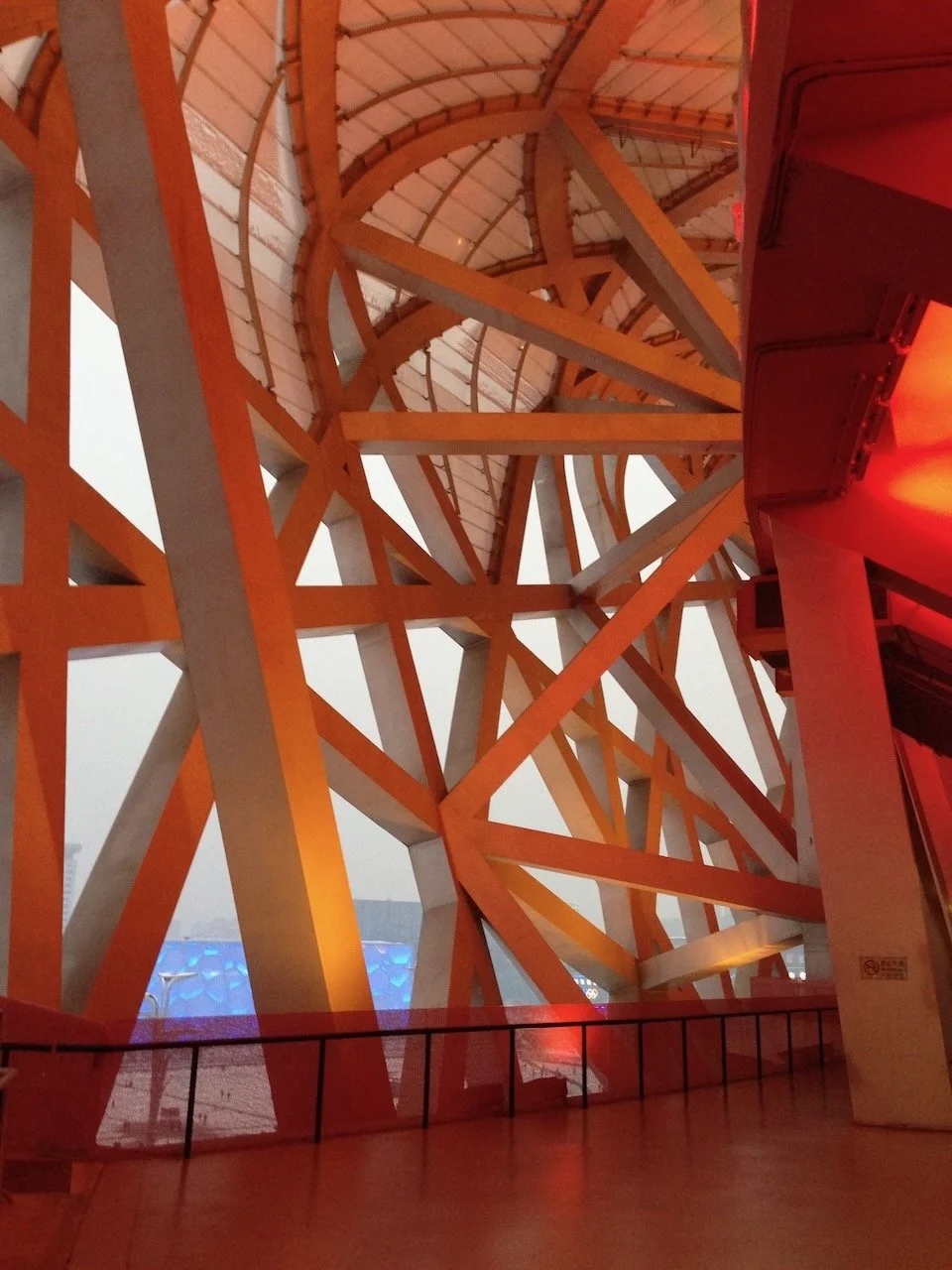David’s Favorite Buildings
Introduction
Architecture has the power to move us in ways that go beyond functionality. Some buildings capture our attention because they evoke a sense of connection, wonder, or emotion. The best examples of architecture remind us that buildings are more than just structures—they can be experiences that leave a lasting impression. In this blog, we discuss David’s favorite buildings and how they embody the spirit of architecture design.
1. The Ronchamp Chapel
Le Corbusier’s Ronchamp Chapel departs from traditional architectural norms, embracing sculptural form over strict geometric design. The building’s asymmetry, curving walls, and airy spaces evoke an emotional response, with visitors often connecting to the chapel not through logic, but through the feel of the space. Unlike modern architecture’s reliance on geometric precision, Ronchamp demonstrates how buildings can transcend utility, becoming emotionally powerful and artistic experiences.
Ronchamp stands as a reminder of the freedom architecture can embrace, showing that sometimes it’s not about precision but about resonating with the senses. In an era dominated by digital design tools, it serves as a powerful example of unrestrained creativity and raw craftsmanship. Ronchamp demonstrates how architecture can be a deeply emotional and transformative experience.
“Modern architects think that everything must be calculated and geometrically aligned. The Ronchamp Chapel is not confined to that. It feels and looks like a sculpture. When I’m there, I just enjoy the raw visual experience of the building, the place, the moments, and rooms.”
2. The Eiffel Tower
The Eiffel Tower, designed for the 1889 World’s Fair, quickly became a symbol of modernity, engineering, and French pride. Its intricate iron latticework and architectural complexity captured the imagination of the world, transforming from a temporary structure to a monumental symbol of Paris. Today, the Eiffel Tower represents not just France’s artistic and technological achievement, but also the spirit of innovation that continues to influence architecture.
The Eiffel Tower’s openness invites emotional engagement, while its visibility throughout Paris provides both orientation and connection. A living symbol of both history and modernity, its influence on urban design and its capacity to evoke deep emotions make it an enduring masterpiece. Whether viewed from afar or up close, it evokes feelings of awe and national pride, cementing its status as one of the world’s most iconic landmarks.
“The Eiffel Tower becomes a landmark from which you use to understand where you are in proximity to it... It’s a significant building despite it hardly having any program at all.”
3. Taliesin West
Frank Lloyd Wright’s Taliesin West exemplifies architecture as an art form rooted in craftsmanship. Designed with local materials like stone, wood, and desert rock, the building integrates naturally with its surroundings, showcasing Wright’s philosophy of organic architecture. Every detail, from the stone placement to the custom window framing a vase, reflects his belief that architecture should harmonize with nature and serve both functional and emotional purposes.
Taliesin West highlights the importance of tactile craftsmanship in design, reminding us of the value of hands-on work in an era dominated by digital tools. It shows that architecture is more than just a process; it’s a craft that requires both skill and emotional engagement. Wright’s attention to detail and the seamless integration of the structure with the environment makes this building feel alive. It encourages us to reconsider how architecture can evoke a deeper emotional connection through its design.
“Frank Lloyd Wright’s work is about crafted details. People are working with their hands, stones are being carved, small details are made from wood, and a window is being cut around the shape of a vase.”
4. Bird's Nest Stadium
The Bird’s Nest Stadium, designed for the 2008 Beijing Olympics, is a striking representation of modern design and China’s rapid modernization. Its intricate steel framework, resembling a bird’s nest, is both a functional arena and a powerful symbol of national identity. The design’s bold departure from traditional stadium concepts, with its open structure and elegant simplicity, challenges the conventions of large-scale sports venues which are encased by billboards and neon lights. At night, it becomes a glowing spectacle, while during the day, its sculptural form stands as a visual marvel.
While it may not stir deep emotions in every observer, the Bird’s Nests impact lies in its monumental scale and visual appeal. It demonstrates how architecture can represent a nation’s identity and aspirations, making a statement on the world stage through both design and symbolism.
“The Bird’s Nest is an example of an architect dissecting what a stadium is and proposing something different. Most other stadiums are a Frankensteinian amusement park... a garbage pile of consumerism.”
The Emotional Power of Architecture
The buildings discussed in this blog highlight the diverse ways architecture can move us. From the raw, artistic expression of Ronchamp, to the symbolism of the Eiffel Tower, the craftsmanship of Taliesin West, and the innovative design of the Bird’s Nest Stadium, these structures remind us that architecture is not just about creating functional spaces but about crafting emotional experiences. Whether through intricate design, cultural symbolism, or the harmonious integration of nature, these masterpieces reveal the power of architecture to shape the way we feel, think, and connect with the world around us.

